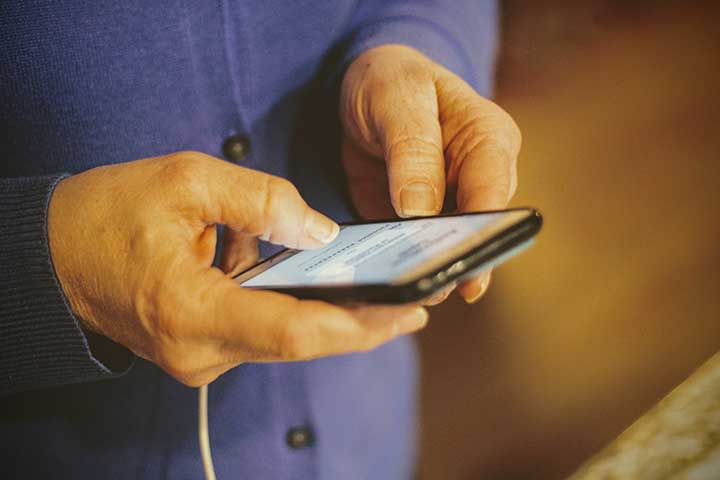The Do’s And Don’ts Of Patient Texting: A Guide for Dentists

As a dentist, you want to make sure that you provide the best possible care for your patients. This includes staying up-to-date on the latest technology and using it to your advantage! One way you can use technology to improve patient care is by texting patients. Patient testing has become increasingly popular in recent years, and for a good reason – it can be a great way to communicate with patients!
There are a few things to keep in mind when texting patients. First and foremost, always be use HIPAA compliant texting for dentists. This means keeping all information confidential and using the proper security measures. Be sure to stick to appointment reminders and other basic information when it comes to content. Avoid sending personal messages or discussing sensitive topics via text.
However, you need to be aware of some do’s and don’ts of patient texting. In this blog post, we will discuss the do’s and don’ts of patient texting and give you some tips on getting started.
Do’s:
- Make sure that your texts are HIPAA compliant. This means that you need to take steps to protect patient privacy, such as using secure messaging platforms and encrypting messages.
- Use texts to communicate with patients about appointments, updates, or other important information. This can help reduce the number of phone calls patients have to make and save them time.
- Send text reminders for appointments. This can be a great way to ensure that patients don’t forget their appointments!
- Make sure your phone is secure and password protected.
- Include your name and contact information in all text messages
- Send texts during normal business hours.
- Inform your dentist if you are going to be late for or miss an appointment
- Ask questions about your oral health care.
Also Read: HealthTech Trends
Don’t:
- Don’t send unsolicited texts. Patients may not appreciate getting text messages from their dentist unless specifically requested.
- Don’t use texting to ask patients for personal information. This includes things like their Social Security number or insurance information.
- Don’t use abbreviations or slang in your texts. While it may be tempting to use abbreviations when sending a text, this can be confusing for patients. Make sure that you always use clear and concise language in your texts.
- Send text messages containing confidential information (e.g., social security numbers, insurance information, etc.)
- Send text messages containing images or video.
- Text while driving
- Expect an immediate response to text messages.
Getting Started with Patient Texting
If you’re ready to start texting your patients, there are a few things that you need to do first:
- Choose a messaging platform that is HIPAA compliant and encrypts messages.
- Decide what type of information you will be texting patients. This includes dental appointment reminders, updates, and other important information.
- Draft a message policy for your office. This will outline the dos and don’ts of patient texting and help ensure that all texts are HIPAA compliant.
Patient texting can be a great way to communicate with your dentist, as long as you keep the above do’s and don’ts in mind. By following these simple guidelines, you can ensure that your text messages are safe and HIPAA compliant.
